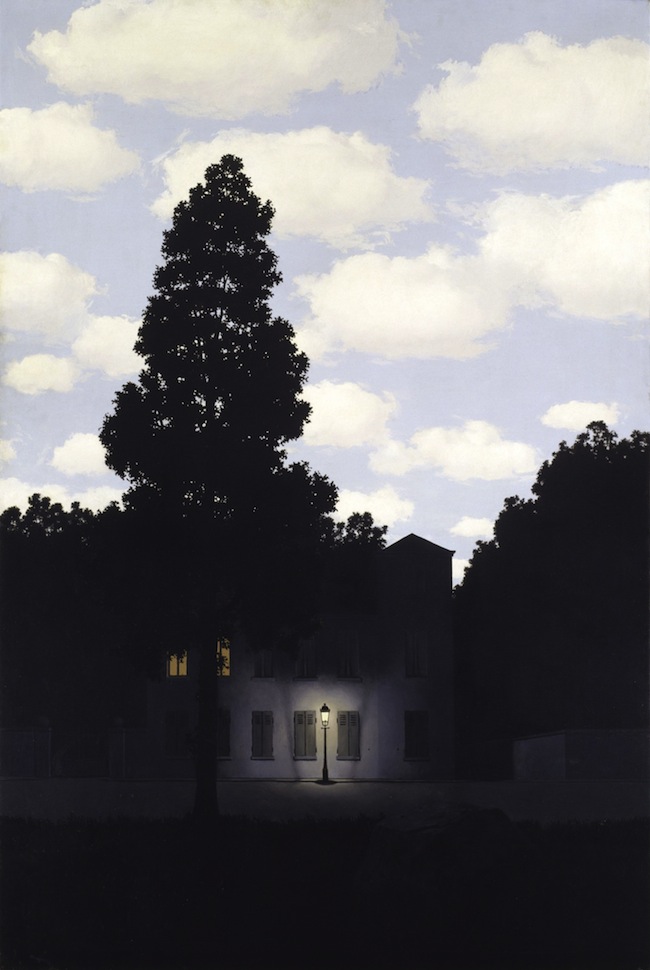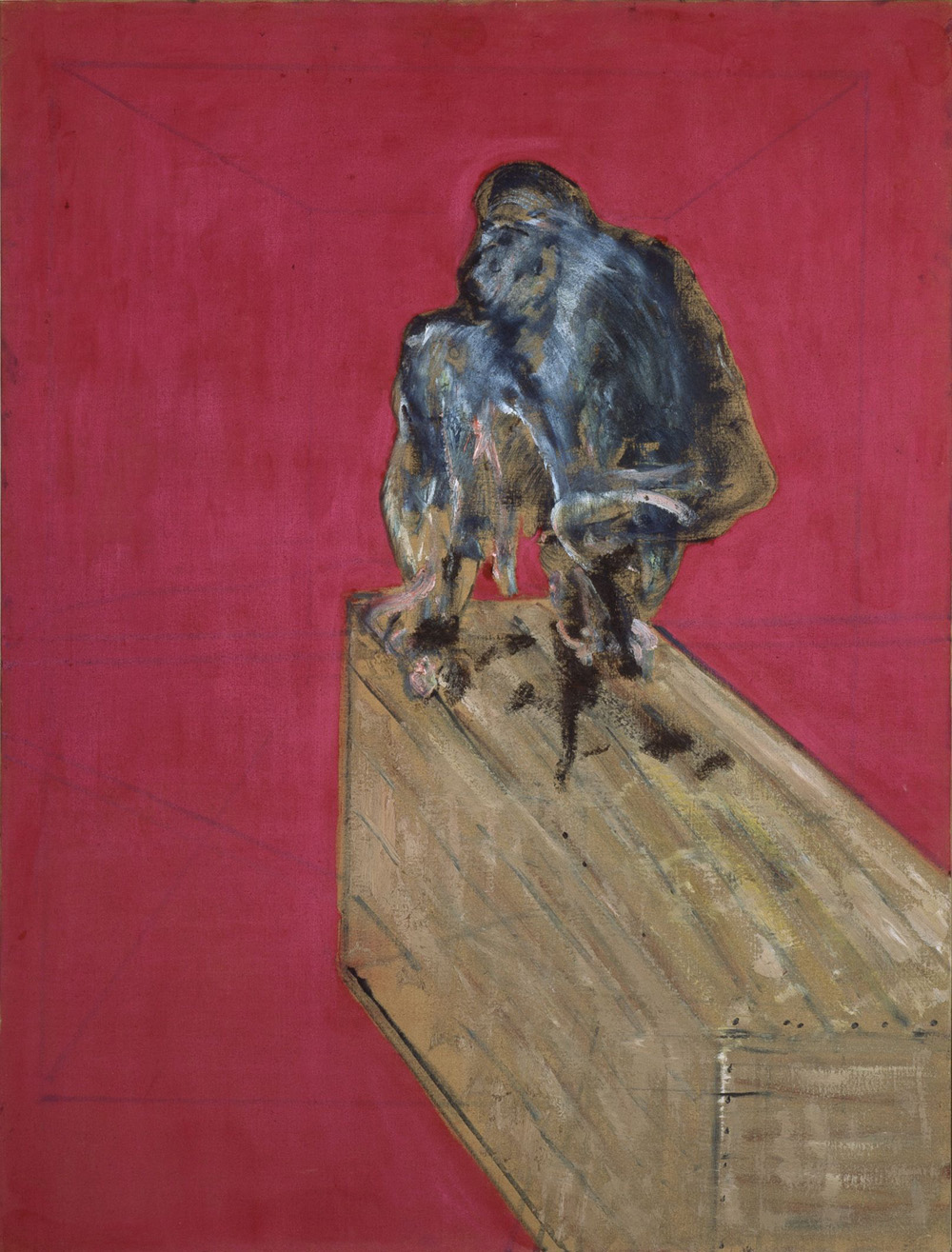21 September 2019 – 27 January 2020
Peggy Guggenheim Collection
“It is
always assumed that Venice is the ideal place for a honeymoon. This is a grave
error. To live in Venice or even to visit it means that you fall in love with
the city itself. There is nothing left over in your heart for anyone else.” Peggy
Guggenheim, Out of This Century: Confessions of an Art Addict Peggy Guggenheim.
The Last Dogaressa, curated by Karole P . B . Vail , Director of the Peggy Guggenheim
Collection , with Gražina Subelytė, Assistant Curator, will be on view at the museum
from 21 September 2019 to 27 January 2020. The Peggy Guggenheim Collection thus
celebrates the Venetian life of its founder, highlighting the events and the
exhibitions that marked the thirty years she spent in Venice, from 1948 to
1979, which proved to be authentic milestones in the history of 20th century art.
The exhibition focuses on Guggenheim’s collecting
after 1948, once she closed her museum/gallery Art of This Century (1942 - 47),
left New York, and moved to Venice. More than sixty works by famous and lesser -
known artists will be exhibited, including paintings, sculptures, and works on
paper selected from those Guggenheim acquired from the late 1940s through 1979,
when she passed away.

René Magritte L’impero della luce (L’Empire des lumières) / Empire of Light, 1953–54Olio su tela/ Oil on canvas 195.4 x 131.2 cm Collezione Peggy Guggenheim, Venezia © René MagriOe, by SIAE 2019

Jackson Pollock Alchimia / Alchemy, 1947Olio, piOura d'alluminio, smalto alchidico con sabbia, sassolini, fila9 e bastoncini spezza9 di legno su tela Oil, aluminum, alkyd enamel paint with sand, pebbles, fibers and broken wooden s9cks on canvas 114,6 x 221,3 cm Collezione Peggy Guggenheim, Venezia© Jackson Pollock, by SIAE 2019

Francis Bacon Studio per scimpanzé /
Study for Chimpanzee, Marzo / March 1957 Olio e pastello su tela / Oil and
pastel on canvas 152,4 x 117 cm Collezione Peggy Guggenheim, Venezia © The
Estate of Francis Bacon, by SIAE 2019
The exhibition will offer the rare opportunity to revisit
and re - contextualize famous masterpieces such as Empire of L ight ( L’Empire
des lumières ) by René Magritte, and Study for Chimpanzee by Francis Bacon , as
well as less exhibited works such as René Brô’s Autumn at Courgeron ( L'Automne
à Courgeron ) , Gwyther Irwin’s Serendipity 2, Kenzo Okada’s Above the White ,
and Tomonori Toyofuku’s Drifting No. 2, thus demonstrating Guggenheim’s
interest in the art scene beyond Europe or the United States. In addition, a
selection of Guggenheim’s scrapbooks will be on display to the public for the
first time. These are fascinating albums in which she meticulously collected
newspaper articles, photographs, and ephemera covering the various period s of
her life revealing new exciting episodes. Simultaneously, Palazzo Venier dei
Leoni will display works Guggenheim purchased between 1938, when she opened her
first gallery in London, Guggenheim Jeune, and 1947, when she moved to Venice.
The opportunity to see her collection almost in its entirety, including masterpieces
such as the first Box in a Valise (Boîte - en - Valise ), created by Marcel
Duchamp especially for Guggenheim in 1941, is not to be missed. The work
contains sixty - nine miniature reproductions of famous works by the
multifaceted and irreverent French - American artist. It is rarely on view to
the public due to its fragility, and it will now be possible to admire it as it
has returned to Venice after an important study and conservation campaign. This
has been carried out by the Opificio delle Pietre Dure and its conservation laboratories
in Florence, and supported by EFG, Institutional Patron of the Peggy
Guggenheim Collection.
In 194 8, Guggenheim was invited to exhibit her
collection at the 24 th
Venice Biennale: it
was the first presentation of her collection in Europe after the closure of Art
of This Century. Peggy Guggenheim. The Last Dogaressa opens with a tribute to
this seminal event: the works of art exhibited in the Greek pavilion were at
the time the most contemporary exhibited at the Biennale, most notably those by
the young American Abstract Expressionists, which created a sensation . In
addition, the exhibition marked Jackson Pollock’s debut in Europe and the first
presentation of a new generation of artists who, in the following years, would
dominate the international art scene.
The same works by Arshile Gorky, Robert
Motherwell, Mark Rothko, and Clyfford Still exhibited in 1948 will open the
present show. Two important works by Pollock will be on view, including Alchemy
and Enchanted Forest , thus paying tribute to his first solo exhibition in
Europe, which was organized by Guggenheim in 1950 in the Ala Napoleonica in Piazza
San Marco, Venice. Works by Abstract Expressionists will be included side by
side works by women abstract artists whom Guggenheim supported and collected, such
as Grace Hartigan and Irene Rice Pereira. The work on view by Rice Pereira was
included in the solo exhibition Guggenheim dedicated to the artist at Art of
This Century in 1944.
The exhibition continues with a reference to the first
show Guggenheim organized at Palazzo Venier dei Leoni in September 1949 ,
marking this year its 70th anniversary : an exhibition of contemporary
sculpture, with works such as Jean Arp’s Head and Shell (Tête et coquille) , the
founding work of the collection, Constantin Brancusi’s Bird in Space (L'Oiseau
dans l'Espace) , and Alberto Giacometti’s Piazza .
In the late 1940s , a new
phase in Guggenheim’s collecting commenced. This is represented in the
exhibition by a series of works by Italian artists who were active at that
time: Edmondo Bacci, Piero Dorazio, Tancredi Parmeggiani, and Emilio Vedova. Together
with Giuseppe San tomaso, Vedova (his painting Image of Time [Barrier] ( Immagine
del tempo [Sbarramento] ), will be on view) was among Guggenheim’s first
acquaintances upon her arrival to Venice. Subsequently, in 1951 , the American
painter William Congdon introduced Guggenhe im to Tancredi (his Composition ( Composizione
), will be on display). Tancredi was the only artist, other than Pollock, to be
put under contract by Guggenheim, who promoted and organized exhibitions of his
work, including a solo show in her Venetian residence, Palazzo Venier dei
Leoni, in 1954. Guggenheim also promoted Bacci in her early years in Venice. She
wrote a short but enthusiastic preface in the catalogue of the Venice Biennale
whe re he was given a solo gallery in 1958. Bacci’s Event #247 ( Avvenimento
#247 ) will be on view.
During the 1950s, Guggenheim became interested in the
art of the CoBrA group, which included artists from Copenhagen, Brussels, and
Amsterdam (the acronym derive s from the name of these cities), and
contemporary British art. These important interests are represented with works by
Pierre Alechinsky, Karel Appel, and Asger Jorn , and British artists Kenneth
Armitage, Francis Bacon, Alan Davie, Henry Moore, Ben Nicholson, and Graham
Sutherland.
In particular, Guggenheim greatly admired and supported Davie’s
work, whose Peggy’s Guessing Box will be on view. The collector met him at an
exhibition at the Sandri Gallery in Venice in December 1948 : “When I was
walking through the Campo Manin, I noticed a very exciting painting in the
window of a little art gallery. My first reaction was to take it for a Pollock.
I went in and met the ar tist... Though his work was not bought by anyone
except me for years, he is one of the best British painters.” (Peggy
Guggenheim, Out of This Century: Confessions of an Art Addict , New York: Universe
Books, 1979 ). The exhibition also includes highlights o f works of Op and
Kinetic art, which piqued Guggenheim ’s interest in the 1960s, by Marina
Apollonio, Alberto Biasi, Martha Boto, Franco Costalonga (who recently passed
away), Heinz Mack, Manfredo Massironi, and Victor Vasarely. Op artists made use
of geometric forms and structures, industrial materials to create optical effects
and perceptive illusions; they also exploited the transparent and reflective
properties of materials such as aluminium, plastic, and glass. Their objects
had a deliberate de - personalized look, in contrast to the emotional visual
idiom of Abstract Expressionism. Peggy Guggenheim.




The Last Dogaressa is accompanied
by a new, long - awaited collection publication on the life of Peggy Guggenheimas a collector , patron of arts and gallerist , from the London debut of the
Guggenheim Jeune gallery, to the New York years of Art of This Century and her
support of Jackson Pollock, to her arrival in Venice, her participation in the
1948 Venice Biennale, and her life at Palazzo Venier dei Leoni. Interviews
with Apollonio, Biasi, and Costalonga are not be missed, as well as an essay on
Guggenheim’s collecting of works of art from Africa and Oceania.
( This part of the collection will be investigated further in the upcoming exhibition Migrating Objects , on view as of February 15, 2020.)
The volume is edited by Karole P. B. Vail, with Vivien Greene, Senior Curator, 19th - and Early 20th - Century Art, Solomon R. Guggenheim Museum, New York , and it present s new research and fresh perspectives by established and emerging scholars Patricia Allmer, David Anfam, Malvina Borgherini, Davide Colombo, Alice Ensabella, Chiara Fabi, Simonetta Fraquelli, Flavia Frigeri, Karen Kurczynski, Ellen McBreen, Antonia Pocock, Chris Stephens, and Grazina Subelyte. The volume is co - published by the Peggy Guggenheim Collection and Marsilio Editori.
( This part of the collection will be investigated further in the upcoming exhibition Migrating Objects , on view as of February 15, 2020.)
The volume is edited by Karole P. B. Vail, with Vivien Greene, Senior Curator, 19th - and Early 20th - Century Art, Solomon R. Guggenheim Museum, New York , and it present s new research and fresh perspectives by established and emerging scholars Patricia Allmer, David Anfam, Malvina Borgherini, Davide Colombo, Alice Ensabella, Chiara Fabi, Simonetta Fraquelli, Flavia Frigeri, Karen Kurczynski, Ellen McBreen, Antonia Pocock, Chris Stephens, and Grazina Subelyte. The volume is co - published by the Peggy Guggenheim Collection and Marsilio Editori.